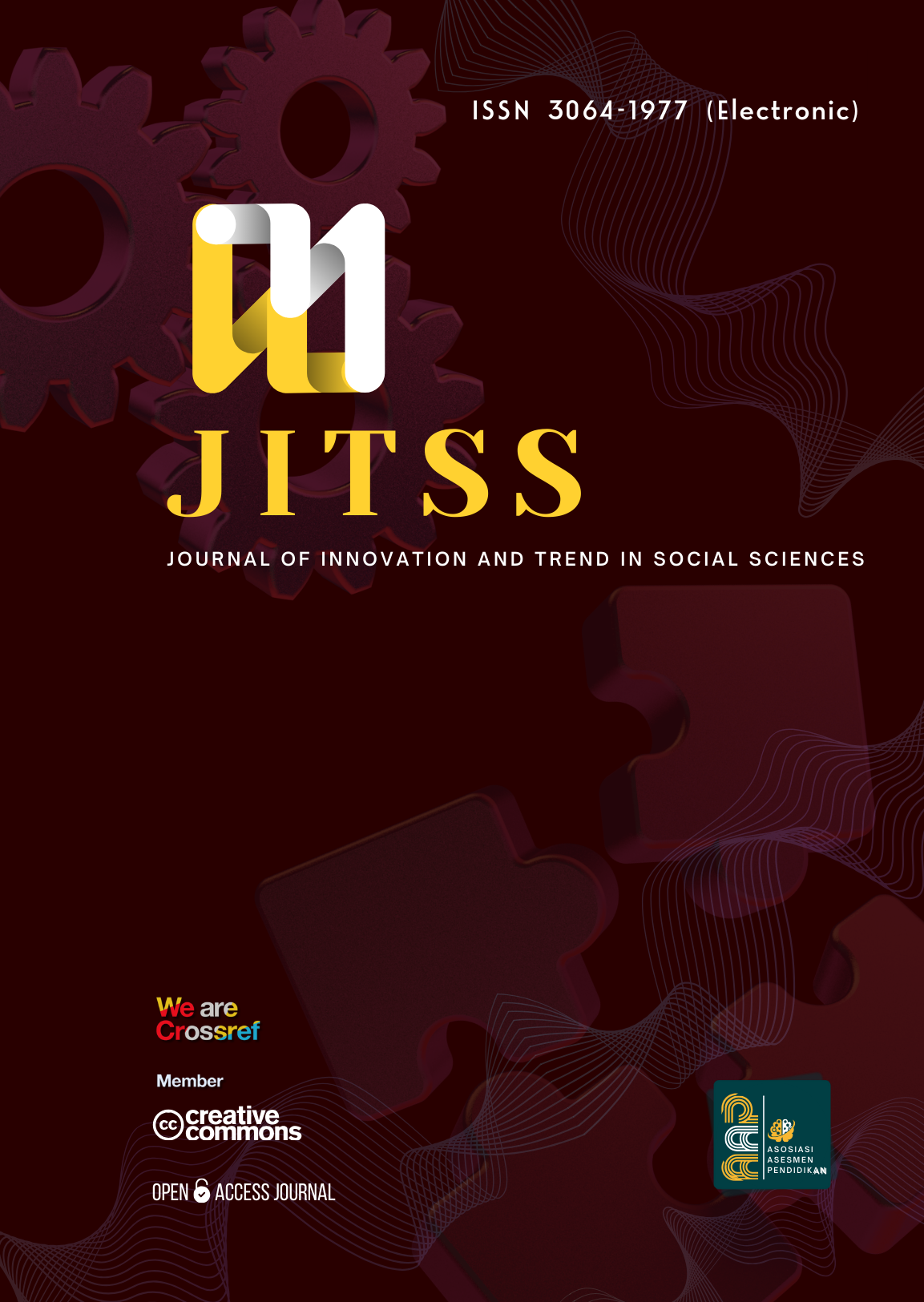Vol. 1 No. 1 (2024): JITSS (Journal of Innovation and Trend in Social Sciences)
Published : August 27, 2024
All articles in this issue were authored/co-authored from 1 countrie (Indonesia)

Published
August 27, 2024
Table of Contents
line
Articles
Articles












